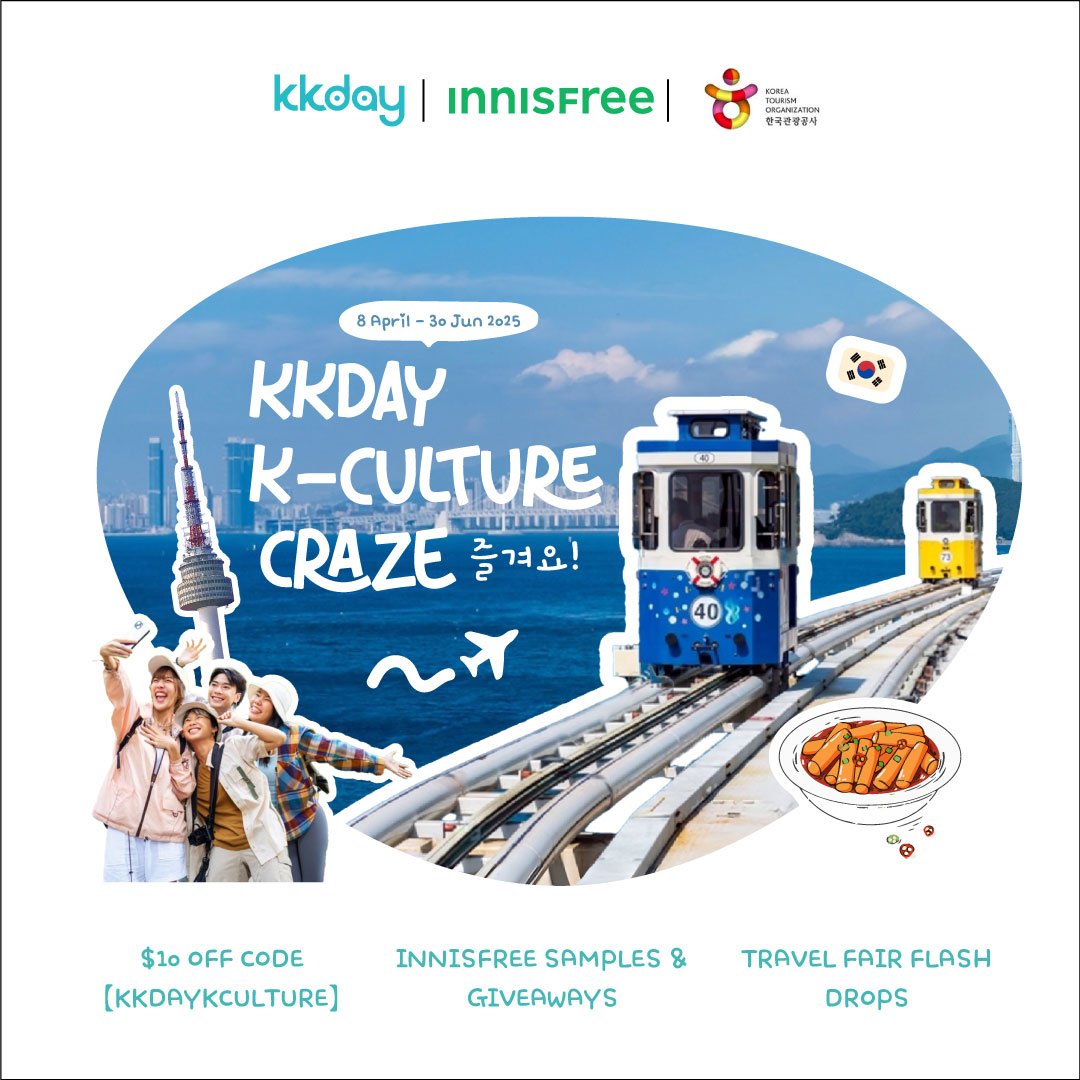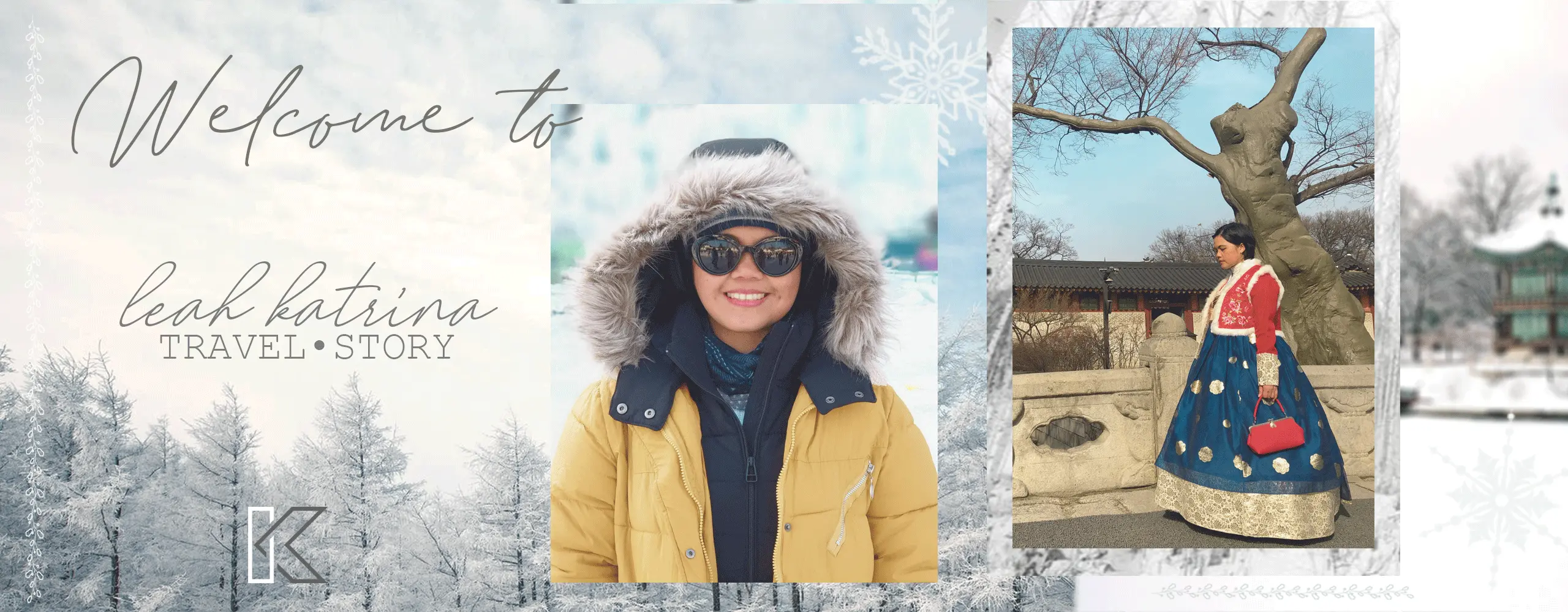
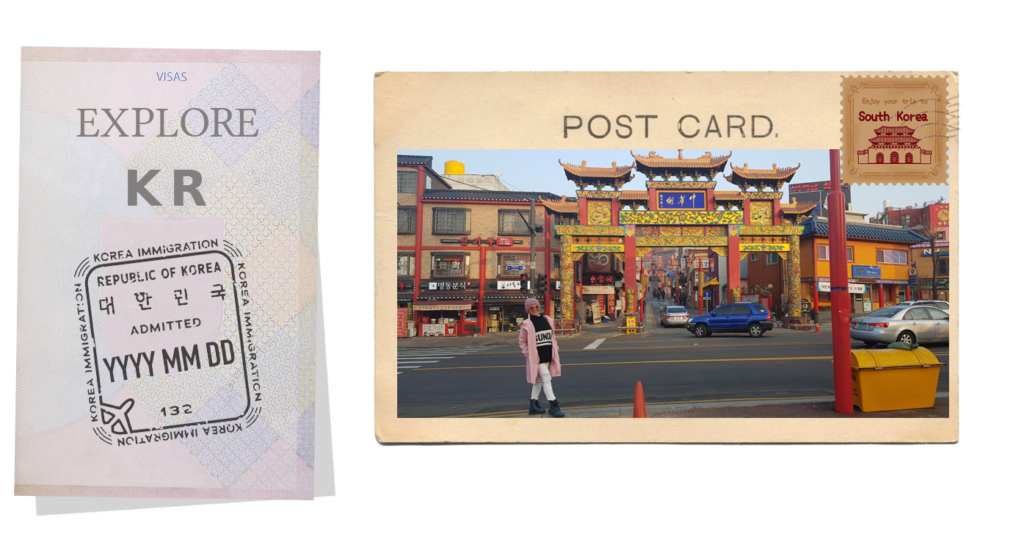
South Korea is a must-visit for anyone seeking a mix of modern innovation and rich tradition. In Seoul, you’ll discover towering skyscrapers alongside historic landmarks like Changdeokgung Palace. Wander through the bustling streets of Myeongdong for mouth-watering street food and shopping or explore the Metropolitan City of Incheon.
Beyond Seoul, head to Busan for stunning beaches and seafood, or escape to Jeju Island for breathtaking hikes and volcanic landscapes.
And don’t miss the amazing food! From Korean BBQ to bibimbap and tteokbokki, South Korea’s flavors will have you coming back for more. Ready to explore the K-drama land and K-pop world? You’ve come to the ultimate South Korea travel guide!
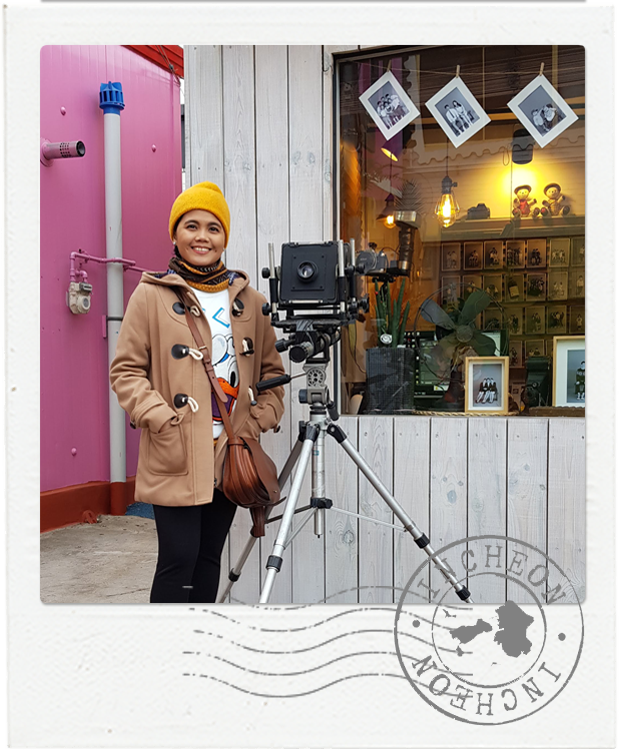
Before You go:
Language: Korean is the official language and Hangul is the local writing system. While you’ll find that English is spoken in major cities like Seoul, learning a few phrases like “Annyeonghaseyo” (Hello) and “Kamsahamnida” (Thank you) will definitely earn you some smiles from the locals.
Currency & Credit Cards: The official currency here is the Korean Won (KRW). While credit cards are accepted almost everywhere in big cities from Seoul to Jeju Island, it’s still smart to carry some cash, especially for smaller purchases in local shops or when paying admission fees. If you need cash, ATMs that accept foreign cards are conveniently located in places like CU and 7-Eleven.
Internet and SIM Cards: South Korea has insanely fast internet, and free Wi-Fi is available almost everywhere. You can easily stay connected by picking up a local SIM card, e-SIM, or renting a portable Wi-Fi device before your flight—both great options for travelers.
Getting Around: The transportation system here is amazing! The Seoul Metro is super reliable, and you can use the T-Money Card to hop on buses, subways, and even taxis. I highly recommend downloading Kakao Metro to navigate the subway and KakaoTaxi for booking rides. Trust me, Kakao Maps or Naver Maps will be your best friends for directions—Google Maps doesn’t work well here.
Plugs and Voltage: You’ll need a Type C or Type F plug and a universal power adapter if your devices use different plugs. The voltage is 220V, so if you’re bringing anything like a hairdryer, make sure to have a voltage converter.
Safety: South Korea is one of the safest places I’ve ever traveled. Crime rates are low, and I always felt safe, even walking around at night. Just keep an eye on your belongings, especially in crowded spots.

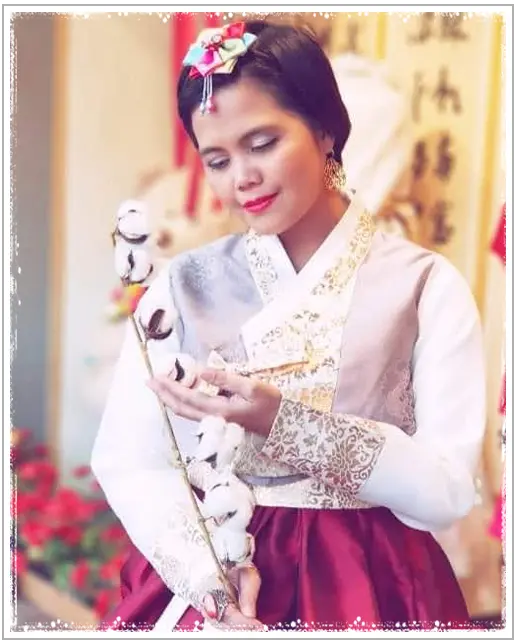
The best time to visit South Korea is typically during late spring (April to June) and early fall (September to November). These months offer mild weather, clear skies, and fewer chances of rain, making it ideal for exploring the country’s outdoor attractions. Spring is especially magical, as you can witness the breathtaking cherry blossoms in full bloom across cities like Seoul and Jeju Island.
If you’re looking to save on your trip, consider visiting during the winter months (December to February). Though the temperatures can be chilly, this is the off-peak season, meaning you’ll find more affordable flights, hotels, and tours. South Korea’s winter also brings snow-covered landscapes and popular activities like skiing and enjoying the local winter festivals. Just don’t forget to bundle up!
Summer in Korea may be hot and humid, but it’s full of life—think outdoor concerts, town festivals, buzzing night markets, and seaside escapes in Busan or Jeju. It’s also peak season for juicy fruits and icy bingsu. With the right mindset (and a trusty handheld fan), it’s a vibrant time to visit!
I usually kick off trip planning with Trip.com—it’s a handy way to compare flights and book things like airport pickups and trains all in one place. It’s saved me money (and a few headaches), especially during quieter seasons.
WHAT TO EXPECT
Having spent considerable time traversing the captivating landscapes and vibrant cities of South Korea, I understand the anticipation of a first-time visitor. To help you paint a picture of your upcoming adventure, let’s explore three distinct regions that offer a fantastic introduction to the country’s diverse appeal:
Seoul: Think of Seoul as the beating heart of South Korea, a dynamic metropolis where ancient palaces stand in the shadow of futuristic skyscrapers. For a first-timer, it’s an essential immersion into the nation’s energy. Imagine yourself navigating the efficient subway system to explore grand Joseon Dynasty palaces like Gyeongbokgung, witnessing the changing of the royal guard ceremony. You might then find yourself immersed in the trendy boutiques and K-pop culture of Myeongdong, or perhaps getting lost in the charming traditional alleyways of Bukchon Hanok Village. Evenings could be spent indulging in the city’s incredible culinary scene, from sizzling Korean BBQ to late-night street food adventures. Seoul is your launchpad, a thrilling introduction to Korea’s fast-paced yet deeply rooted spirit.
Jeju Island: Just a short flight south transports you to the volcanic paradise of Jeju Island. This UNESCO World Heritage site offers a dramatic contrast to the urban energy of Seoul. Picture yourself hiking up the iconic Seongsan Ilchulbong (Sunrise Peak) for breathtaking panoramic views, exploring the mysterious lava tubes of Manjanggul Cave, or wandering through fields of vibrant canola flowers in the spring. Jeju’s unique geological formations, stunning coastlines, and milder climate make it a haven for nature lovers. Renting a car or scooter offers the freedom to discover hidden beaches and charming coastal villages at your own pace. It’s a dose of natural beauty and tranquility that beautifully complements the urban experience.
Busan: Down on the southeastern coast lies Busan, South Korea’s second-largest city, offering a distinct maritime flavor. Envision strolling along the colorful Gamcheon Culture Village, its houses painted in a vibrant patchwork across the hillside. Picture yourself sampling fresh seafood at the bustling Jagalchi Fish Market, the air alive with the calls of vendors and the salty tang of the sea. Busan boasts beautiful beaches like Haeundae, perfect for a relaxing afternoon. The city also has a thriving arts scene and a more laid-back vibe compared to Seoul. It’s a wonderful place to experience a different facet of Korean life, where coastal charm meets urban vibrancy and incredible food is always on the menu.
Just like planning any trip, keep an eye out for major Korean holidays, such as Seollal (Lunar New Year) and Chuseok (Harvest Festival), as these can impact travel and accommodation availability. However, no matter when you choose to visit, South Korea promises a captivating blend of culture, history, natural beauty, and incredible food that will undoubtedly leave a lasting impression on any first-time traveler. Get ready for an adventure that will engage all your senses!
Travel Tips
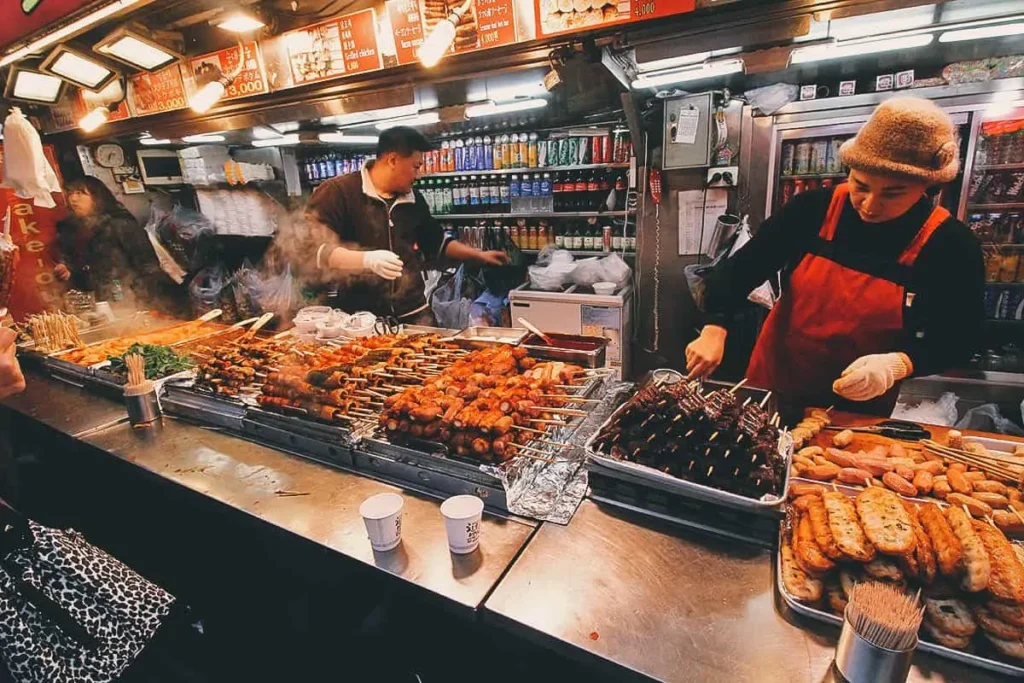
food
Culinary Delights (and a Little Spice!): Get ready for a flavor adventure! Korean cuisine is diverse and often bold. While you’ll encounter familiar dishes, be prepared for a generous use of garlic, chili, and fermented flavors. From sizzling Korean BBQ to comforting stews and an array of unique side dishes (banchan), every meal is an exploration. Don’t be afraid to try street food – it’s a delicious and affordable way to experience local flavors.
Read More:
The Ultimate Korea Foodie Guide
shopping
A Shopper’s Paradise: Whether you’re after high-end fashion, quirky souvenirs, innovative cosmetics, or the latest tech gadgets, South Korea is a shopper’s haven. Myeongdong in Seoul is a must-visit for beauty and fashion, while Insadong offers traditional crafts and tea. Be prepared for vibrant night markets offering everything from clothing to street food. Tourists hear me out, many shops offer tax refunds, so be sure to ask for the required forms and keep your receipts; you may also opt for cash back at the airport.
Read More:
The Ultimate Korea Shopping Guide & How to Claim Your Tourist Tax Refund
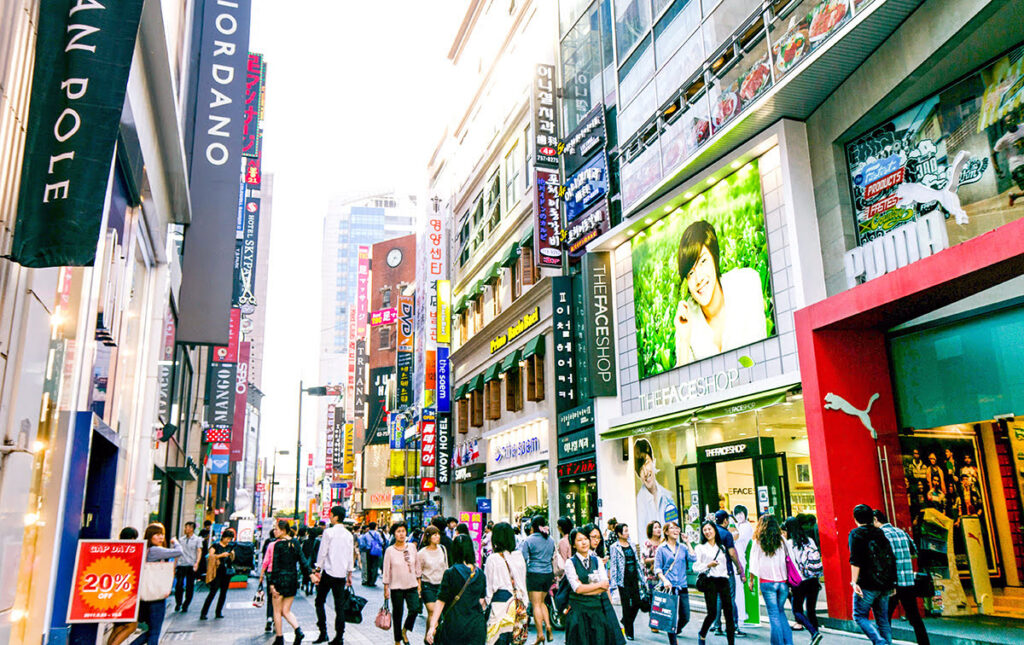
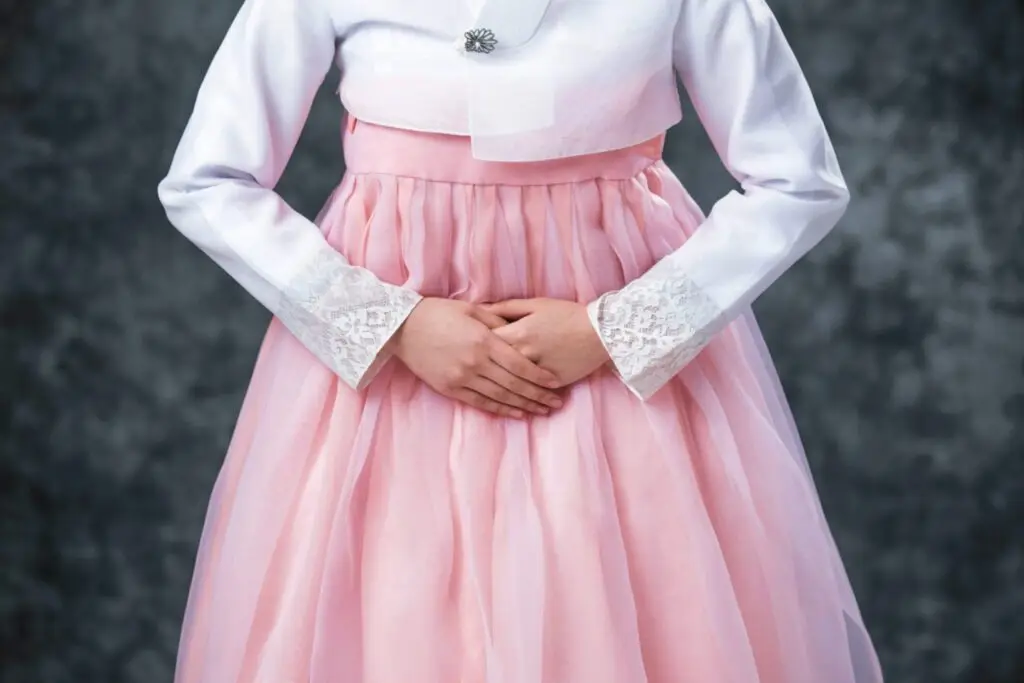
cultural etiquette
South Korean culture is all about respect. When meeting elders, always greet them first and bow slightly; Give and receive with two hands; In public spaces like subways or cafes, try to keep your voice down; And don’t forget to remove your shoes before entering someone’s home—it’s a big deal here!
related posts
TRAVEL ESSENTIALS
I only recommend services I personally use and love. Thank you for supporting my travel blog!
